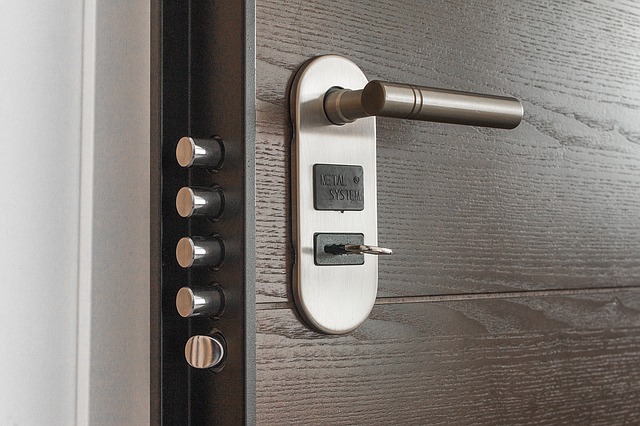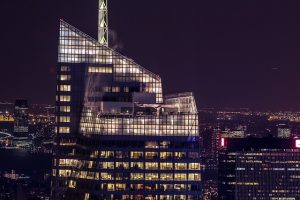When most people think about Brinks home alarm systems, they envision alarms or possibly barred windows. Taking a more proactive approach with outdoor lighting can help to deter the criminal element before breaching a house alarm system. As well as providing home protection, exterior lighting likewise helps to enhance the advantage of a home while accentuating natural landscape and features.
 Before installing outdoor lighting it is important to know where the lighting will best be used and what kind of lights will bring probably the most advantage to home security. For ideas on where you can place lighting it is advisable to walk round the homes perimeter near dusk. Make note of any areas which are poorly illuminated or obscure from public view. They are locations where lighting is going to be needed most. Furthermore, it needs to be noted of locations where there is certainly overgrown foliage that could provide concealment for would-be intruders.
Before installing outdoor lighting it is important to know where the lighting will best be used and what kind of lights will bring probably the most advantage to home security. For ideas on where you can place lighting it is advisable to walk round the homes perimeter near dusk. Make note of any areas which are poorly illuminated or obscure from public view. They are locations where lighting is going to be needed most. Furthermore, it needs to be noted of locations where there is certainly overgrown foliage that could provide concealment for would-be intruders.
Security Lighting
Once lighting locations have already been identified, the next step to accomplish is decide which kind of lighting is going to be used. Each type of illumination source has advantages and disadvantages that will have to be evaluated. Some of the popular lighting configurations include Motion Activated, Hi Low Combination, and All-Night lighting.
Motion activated lights add a sensor that allows lights to ignite when motion is detected. This will immediately shine the lighting in the area in which the light is directed. The trick to owning a powerful motion sensor would be to understand where you can put them for the most effective use. If there are going to be pets inside the yard, this has to be considered so that lights are not constantly illuminated.
A high-low combination light is lit throughout the night having a low emitting lumen. Upon the sensor activation lumens are increased making the region temporarily brighter. This type of lighting fixture is usually preferred due to the low impact on the electric bills. The price is minimal to function.
Motion Detecting Lights
All-night lights are also known as dusk to dawn lighting. It really is a continuous source of light that frequently involves an easy activated photocell. This can be probably the most costly lighting option that can be selected. It can also lead to problems with neighbors if the lights are put into inconvenient places. Lighting shields can help with this interference, but may provide less than desirable light when used.
Light pollution has become a concern, especially for urban developers. Use exterior lighting only where and after it is required. Tend not to over light a place as this may lead to glare and shadowing. Flood and spotlights are acceptable for large estates, however, not practical for the average sized home. Additionally, lighting should only provide illumination to the area intended.
To gain probably the most advantage of CPI security system combined with lighting, it is important to keep fixtures clean and clear of dust and debris. They ought to be checked periodically for effectiveness. Bulbs should be changed regularly before their end of lifespan. When strategically placed, exterior lights can offer security and great looking light to homes
 First, you locate a beautiful place where you would like to live and then your erect a house on that spot. A residential steel building can blend in nicely with any neighbourhood. You can for instance choose to have your house decorated with stucco, masonry or decorative panelling. Even the prefabricated residential steel building can today be obtained in a wide range of charming colours and protective outer coatings. You will not only save money by avoiding expensive real estate – you will also get a house that is remarkably low maintenance. A prefabricated residential steel building can be ready for move in when a traditional house would still be nothing but blueprints. The rapid and hassle free assembly process also means that you don’t have to pay for months or man hours and heavy machinery rental.
First, you locate a beautiful place where you would like to live and then your erect a house on that spot. A residential steel building can blend in nicely with any neighbourhood. You can for instance choose to have your house decorated with stucco, masonry or decorative panelling. Even the prefabricated residential steel building can today be obtained in a wide range of charming colours and protective outer coatings. You will not only save money by avoiding expensive real estate – you will also get a house that is remarkably low maintenance. A prefabricated residential steel building can be ready for move in when a traditional house would still be nothing but blueprints. The rapid and hassle free assembly process also means that you don’t have to pay for months or man hours and heavy machinery rental. The residential steel building is today used for a vast array of different purposes and is highly appreciated all over the world. Today, it is not hard to create a comfortable and stylish home from a residential steel building. Many homeowners also take advantage of the benefits of the residential steel building when in need of more storage space, a much sought after workshop, a room in which to carry out a hobby, or a protective garage or carport for their beloved automobiles.
The residential steel building is today used for a vast array of different purposes and is highly appreciated all over the world. Today, it is not hard to create a comfortable and stylish home from a residential steel building. Many homeowners also take advantage of the benefits of the residential steel building when in need of more storage space, a much sought after workshop, a room in which to carry out a hobby, or a protective garage or carport for their beloved automobiles.